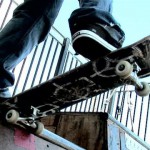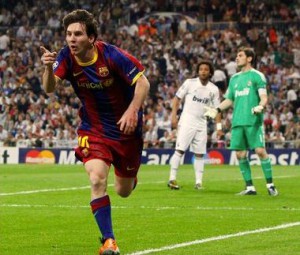Think before you drop in

“Dropping in” is an audacious challenge. Imagine this for a moment. Although the top of the ramp is *only* four and a half feet high, when perched up there with your back foot bracing the board and your front foot poised to pounce and slam the deck down on the ramp and race across the plywood – trust me – it’s a scary drop.
So there we are, watching the boys attempt, and fail, at “dropping in.” David says to my son Charlie, “Gimme the board.” Then gangly and tall David takes the skateboard and places himself in position on the top deck of the ramp, narrows his eyes, and drops in. And while dropping, he contorts his leg underneath himself and collapses at the bottom of the ramp.
“I broke my leg,” he says. Of course he did. I watched the entire thing and clearly saw him fall upon his twisted right leg. And yet all I can say is, “Really?” He says again, “I broke my leg.” David is calm, lucid, knowing. Right, of course he did. I saw it happen. Yet stunned in disbelief that this has happened right here, in my backyard, before my eyes, I say again, “Really?”
David says, “You gotta call 911.”
He’s right, and with a broken leg lying on the deck he also seems to be calling the shots. I stare at him wondering why he isn’t screaming.
David then calmly asks my son Will for some ice. Will races inside to the kitchen and returns with a single ice cube. I ask my son Charlie to fetch my mobile phone – which he does – and then I stand there, hesitating, holding my phone and asking David yet again, “Really?”
I call 911. Within minutes a platoon of emergency vehicles and EMTs arrive. The lead responder observes David on the skateboard ramp and shakes his head quietly in amused wonder. Then they pack him up – splint, rolling emergency bed, the works. He, indeed, broke his leg in several places and spent a few days awaiting, and then recovering from surgery.
I write quite a bit about the importance, and value, of aspiration. That is, to aspire to a skill or an improved version of oneself is a wonderful and important part of growth and development. How else might we become a greater person without aspiration? We have to envision possibilities before we can realize them.
Yet the key thing here is to remember the steps to get there. It takes hard, conscientious, dedicated practice and work before we arrive at the ability to “drop in” or something similarly difficult that we aspire to.
Here’s a tip from David Taylor: what we aspire to may not be immediately transferable just because we want it so.







